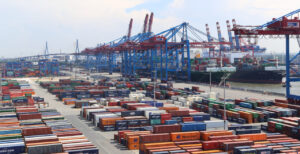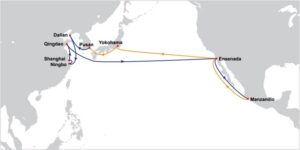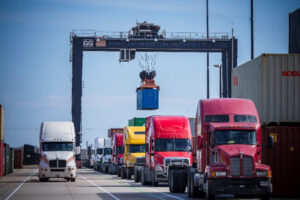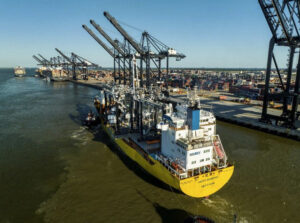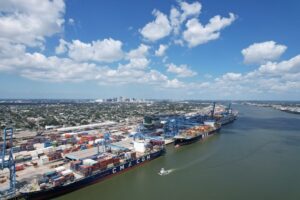Increasing numbers of terminal operators believe automation is “critical to stay competitive”, according to new research from Navis.
After its last survey revealed that the biggest challenge for over three quarters of terminals was optimizing their operations, Navis — a terminal operating system (TOS) provider — has unveiled new findings that show a big shift towards automation for global terminal operators.
Navis has reported that a majority of terminal operators (74%) “clearly believe” that automation in some form (full, equipment or process automation) will be “critical” to stay competitive in the next three to five years.
Over 75 Navis customer respondents at various stages of automation contributed to the ‘Challenges and Opportunities for Automation’ TechValidate survey.
Raj Gupta, CTO of Navis, said: “Within the next 20 years, I believe it’s not only possible, but likely, that we’ll see a fully autonomous transport chain.
“This could extend from loading and stowage of the container, autonomous sailing to its destination, unloading by automated cranes and then finally being loaded on to autonomous trucks and trains for the final destination.
“However, while the potential is there, there are still several barriers that need to be overcome in order to make automation a realistic option for even the smallest terminal operators and Navis is committed to developing the technology to make turn automation into a reality for all.
“As we saw in our survey, our customers are at the forefront of exploration and implementation when it comes to automated processes and equipment and we’ll continue to support them as they evolve to meet the needs of their customers.”
View Navis' N4 technology platform for container terminals in PTI's Supplier Directory
Navis customers exploring these upgrades in some capacity believe automation can help them realize important benefits including increased operational safety (65%), better operational control and consistency (62%), lower overall terminal operational costs (58%) and increase operational productivity (53%).
While the expected benefits are clear, Navis has reported that many are taking a more cautious approach and have expressed reservations about the challenges of successfully implementing automation.
The top challenges cited by respondents are the costs are too high (68%), lack of skills or resources to implement and manage automation (52%), challenges with labor unions (44%) and the time it takes to implement (30%).
Despite the various views, the true driver of automation will be the potential ROI.
As terminals achieve their goals and capitalize on their investment, more terminals around the world are likely to make upgrades of their own.
Navis has become part of a new automation taskforce which aims to combine artificial intelligence (AI), cloud computing, IoT, and big data to deliver a single, integrated solution for future terminal automation projects.
Chuck Schneider, Vice President and General Manager EMEA, Navis, recently commented on the partnership:
Navis is delivering the keynote and presenting at the Container Terminal Automation Conference (#CTAC2018), hosted by Port Technology International on March 14-15 in London.
During the event, Navis executives will help attendees gain a better understanding of the future of AI and automation, how to deliver value through automation, the power of digitalization, information sharing and connecting planning processes across an intelligent supply chain and more.




